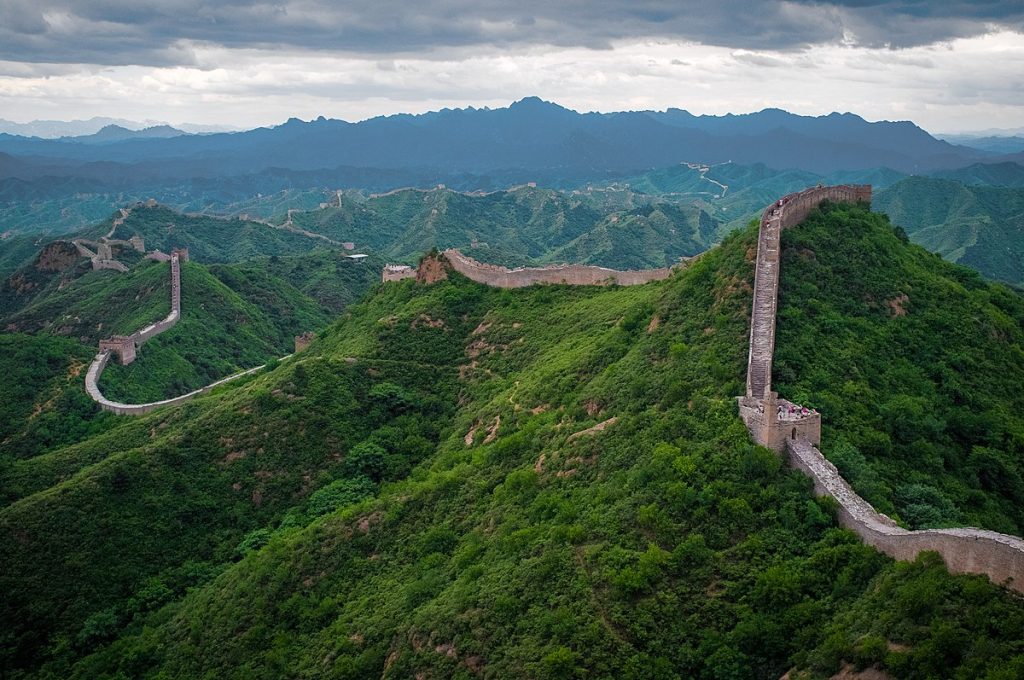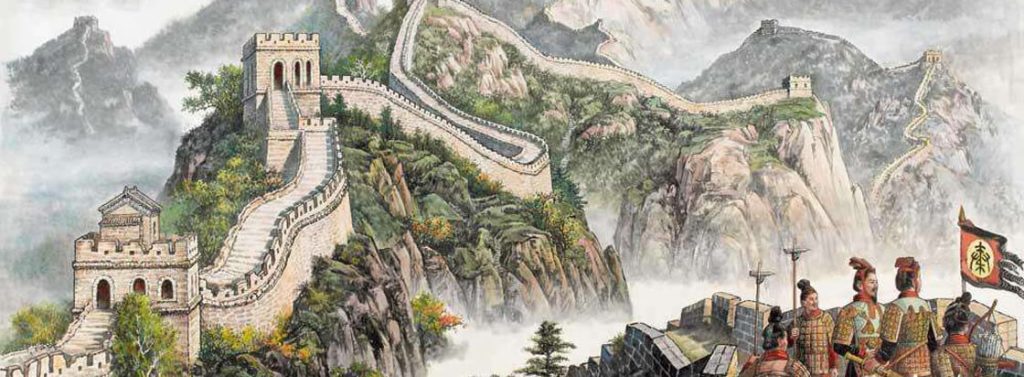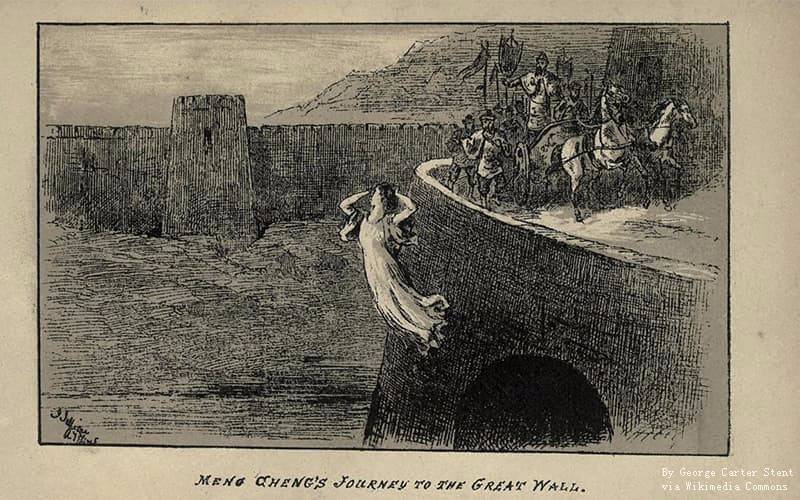The Great Wall of China is the longest man-made construction in the world. It covers thousands of kilometers in length, but that isn’t its sole significance.
It has become an iconic national symbol and China’s most popular tourist destination. For millennia, it played a crucial part in protecting China from attacks from the northern region. In medieval times, invaders or other Chinese rulers constantly threatened China. It took 2,000 years to build The Great Wall of China (4th century BC–17th century AD)! Its primary purpose was to provide China with protection from the northern nomadic nations.

In this article, we will be going over the history and the cultural relevance of the Great Wall of China. How did it come to be? Did it serve its function well? In today’s age of peace and prosperity, what is its relevance? To find the answers to all these and more, let us begin.
The Great Wall of China: A Brief History
The rulers of China’s northern kingdoms started erecting walls and tall mountain watchtowers. They made these on their frontiers during the Warring States Period (475-221 BC) to ward away invasion.
Before the construction of The Great Wall, the northern nomad tribes frequently tormented northern China. The ferocious equestrians of the nomads were more potent than the Han Chinese troops. This led to countless battles and far too much bloodshed. The Chinese defenses were starting to weaken, and the future looked bleak for the whole nation.

When the construction of the Wall began, it proved to be quite effective. The northern invaders shuddered at the sight of the gigantic structure and thought death awaited them on the other side. However, the nomadic tribes could no longer invade northern China. The Great Wall of China was too intimidating.
You can say that The Great Wall of China also secured China’s economic and cultural advancement. It defended trade routes like the Silk Road and ensured communication and transportation. In northern China, when there was anarchy and chaos everywhere, the Great Wall helped ease matters.
Cultural Relevance
The building of the Great Wall symbolizes China’s unity.– unification of the walls of Yan, Zhao, and Qin by the First Emperor of Qin. This happened following the Warring States Period. The time of unity holds a high significance in Chinese history. This is because China looked at a hopeful future for the first time in centuries– free of death, devastation, and invasion.
The Great Wall of China remains a testament to China’s past and its power. As mentioned before, for over 2,000 years, millions of Chinese people constructed it. It was made using the blood, sweat, and tears of all these people who wanted a safer future.
The Great Wall is also a great subject of Chinese literary art. A phrase in the Chinese national anthem honors the Wall of China. Many proverbs and sayings have been passed down from generation to generation. It pays homage to the fantastic work of human ingenuity, The Great Wall of China. Therefore, the Great Wall is a significant part of China’s history. You cannot deny that.

Is The Great Wall of China Still Relevant?
Let us discuss about it. So, what is the Great Wall’s relevance today when there are no wars and no need to defend yourself? How does China use it today? Is the Great Wall still relevant? Is it essential to the people not living in China?
The Great Wall of China- Top Tourist Destination
The Great Wall is now China’s top tourist destination. It is a must-see site for first-time tourists to China. It zigzags between Jiayu Pass in the west and Hushan Mountain in the east. Near Beijing, areas like Badaling, Mutianyu, Jiankou, Simatai, Juyongguan, and Jinshanling are the greatest to visit. Even the Shanhaiguan Great Wall in the east and the Jiayu Great Wall in the west both have unique qualities. The Great Wall fascinates both regular travelers and international celebrities. More than 400 famous people have visited The Great Wall. For instance, the list includes prominent historical figures like former US presidents Nixon, Obama, Bush, and even Queen Elizabeth II.
Symbol of National Pride
A prominent symbol of Chinese culture is the Great Wall. The Great Wall has been the subject of numerous paintings, poetry, operas, tales, and legends. The remnants of the Great Wall include its forts and watchtowers. Moreover, these reveal not just China’s culture of magnificent buildings and art but also its culture of national pride, large-scale endeavors, and tenacious resistance.
So, it represents a culture that values maintaining cultural heritage and opening up to the outside world. Modern Chinese art includes Great Wall paintings, needlework, décor, photography, and postcards.

The Great Wall is The Subject of Many Tales and Legends
It is true that if a surviving relic of the past remains to this day, stories and legends will be made around it. The Great Wall of China is no exception. One such legend tells a story of a bitter-sweet meeting:
According to the tale, a young man was abducted during the Qin Dynasty (221-206 BC) and sent to help build the Great Wall. Winter arrived, but he didn’t show up. His father visited the location to seek him since he was so concerned about him. By luck, they crossed paths at Songting Hill. They laughed themselves to death because they were so delighted.
Another legend tells us the ways soldiers of The Great Wall of China communicated:
The Great Wall served as a communication network in addition to serving as a barrier against invaders. Soldiers communicated from beacon towers along the Wall every few kilometers throughout the day. Smoldering wolf excrement helped it (as it made an excellent dense smoke). The troops combined various herbs with the burning dung to create signal smokes of multiple colors.
If intruders were detected, troops would be dispatched to repel the attack. Smoke is thrown up along the wall as a warning.
Conclusion: The Relevance of The Great Wall of China
The Great Wall of China serves as a reminder of how far the human race has come. It is a symbol of hope, power and achievement. For centuries, it has stood as a reminder of the resolution of the Chinese people.
If you enjoyed this post, please like and share it. I would love to hear your thoughts below. Check out some of our recent posts on China’s culture if you are interested. The Diverse Chinese Culture: Why I Love It and Green Tea in China and Its Significance for Culture are a couple of examples.
Edited by: Syed Umar Bukhari.


